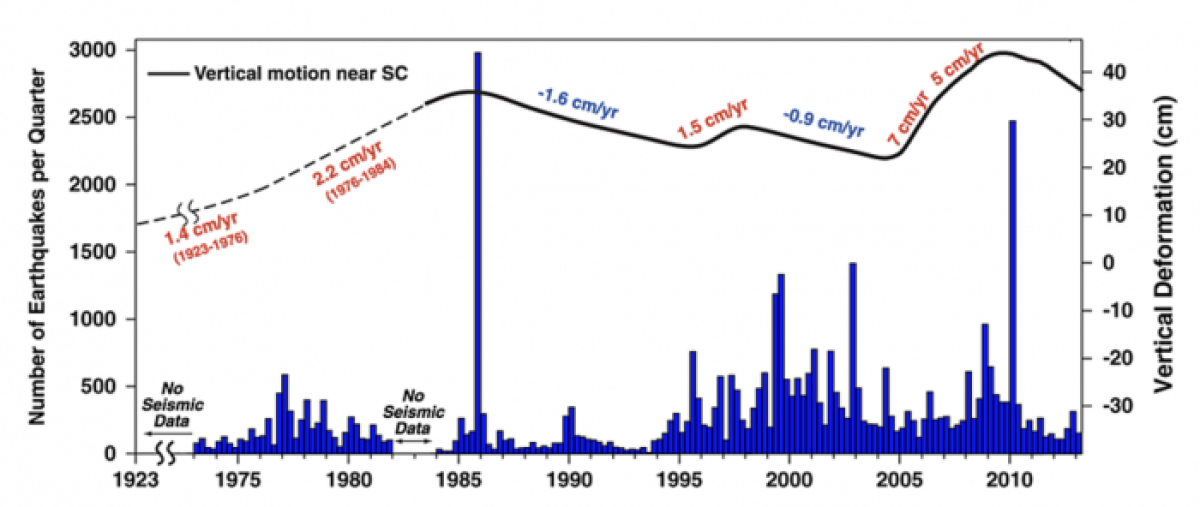
Updated | The ongoing earthquake swarm at the Yellowstone National Park supervolcano is now one of the longest ever recorded, having started on June 12. Over the past three and a half months, almost 2,500 earthquakes have been recorded in the western part of the national park. This puts it on a par with the biggest swarm ever recorded, where more than 3,000 earthquakes took place over three months.
The swarm in no way signals an impending eruption, and it appears now to be coming to an end. However, experts at the U.S. Geological Survey (USGS) say it has been "fascinating" to monitor and are eager to learn more about it in their analysis of the event.
In a monthly update about activity at Yellowstone, the USGS said 115 earthquakes had been reported in the park during September. Of these, 78 were part of the ongoing swarm 6 miles north of West Yellowstone. The biggest event in the swarm last month was magnitude 2.3.
"Including the events from the prior three monthly reports beginning on June 12, total swarm seismicity includes one earthquake of magnitude 4.4, 12 in the magnitude 3 range, and 185 earthquakes in the magnitude 2 range," the statement said.
Earthquake swarms account for about 50 percent of the seismic activity recorded at Yellowstone. Swarms occur when many earthquakes take place over several weeks or months, with no clear sequence—unlike traditional earthquakes, where there is a main event, then a series of aftershocks.
Mike Poland, the scientist-in-charge at the USGS's Yellowstone Volcano Observatory, tells Newsweek that it is a "bit too soon" to say whether the swarm has ended. "But the activity has certainly waned drastically since August, and the swarm appears to be winding down, if not completely over," he says. "It will probably take a little while longer to declare it 'over.'"

He says that the actual number of earthquakes that have taken place is difficult to ascertain because quakes can overlap or are too small to be recorded. However, there are ways to retrospectively locate some of these events, so it could be that there have been "many times more earthquakes" than initially reported.
"This is the sort of work that will happen in the months to come, as we gather up all of the available data and start crunching numbers," Poland says. "What we can say now is that through the end of September, the University of Utah has located 2,475 earthquakes in the swarm. This puts the 2017 swarm on par with that of 1985, which lasted three months and had over 3,000 located events.
"[This is] certainly a fascinating event and one that we hope to learn more about through some post-swarm analysis," he adds. "There's a lot to work on this winter, for sure."
This story has been corrected to reflect that the current swarm is one of the longest on record, rather than the longest. The swarm in 1985 was longer if the tail end of seismicity is taken into account.
Uncommon Knowledge
Newsweek is committed to challenging conventional wisdom and finding connections in the search for common ground.
Newsweek is committed to challenging conventional wisdom and finding connections in the search for common ground.
About the writer
Hannah Osborne is Nesweek's Science Editor, based in London, UK. Hannah joined Newsweek in 2017 from IBTimes UK. She is ... Read more
To read how Newsweek uses AI as a newsroom tool, Click here.








